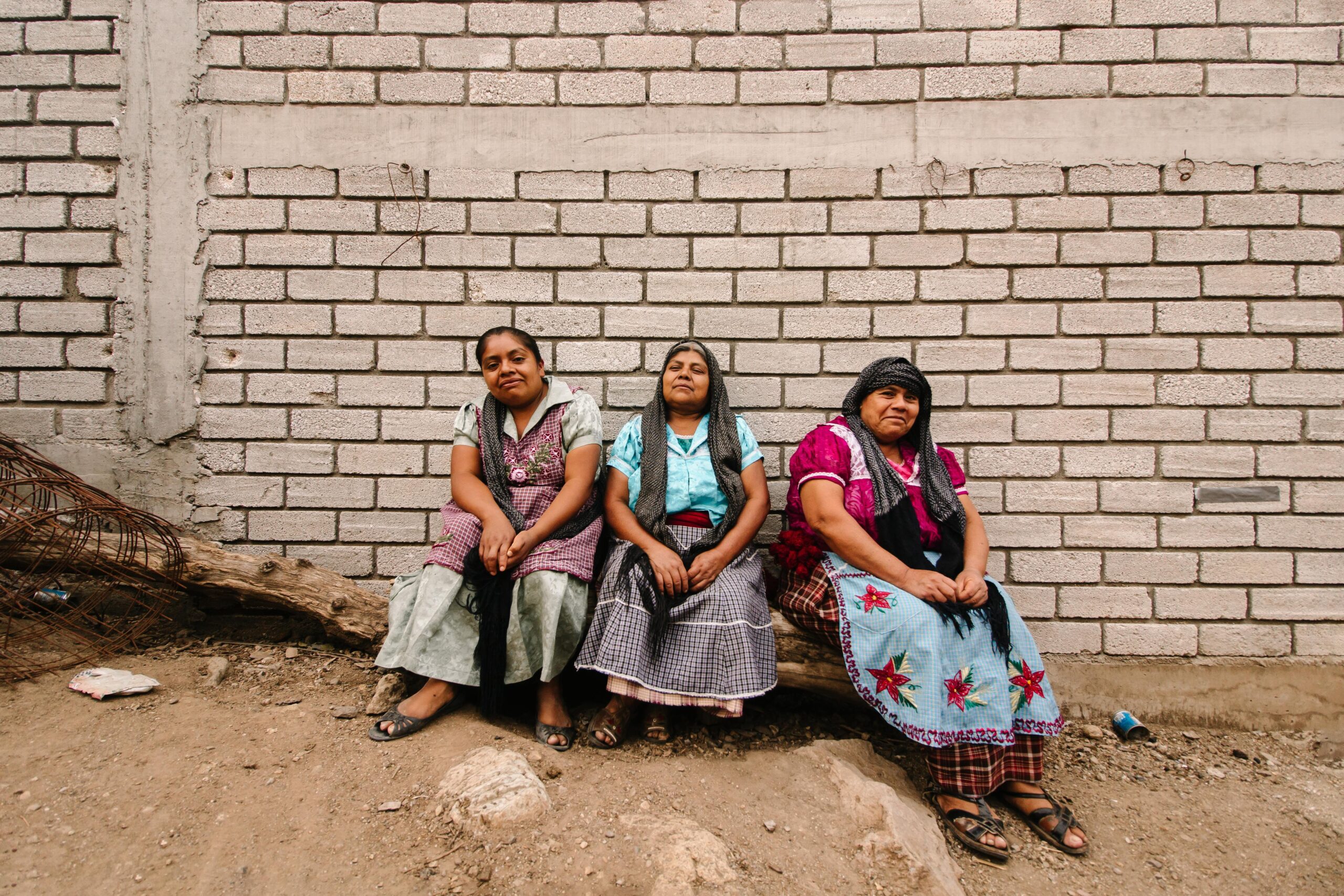The dichotomy of “saving” women and refusing refugees
By Frida Månsson
In attempting to understand the impacts of phenomena like war, armed conflicts, and climate change, one must recognise how the structural subordination of disadvantaged groups makes the situation even more dire for these populations in the affected areas. Women and girls’ experiences of violence and discrimination are, in many instances, exacerbated by preexisting patriarchal structures. These conditions also severely limit the possibility of fleeing, as many routes are already extremely dangerous.
Furthermore, the completion of such a journey may lead to nowhere. No more evident is this than in the case of the EU border policies and the selective admittance of migrants based on the lottery that is the fate of birth. Some are favoured and others not – which the Ukrainian refugee crisis has made abundantly clear. Like a clenching fist, more and more restrictive migration policies are being adopted throughout the EU. Yet, in some of these proposed policies; a gendered bias is evident both as an argument for and against the reception of refugees. But how?
A new Swedish frontier
In 2022, the newly formed Swedish right wing government alongside the nationalist party, the Sweden democrats, put forward their joint proposed policies in an “agreement” titled Tidöavtalet. A substantial part is dedicated to the topic of migration, or rather the restrictions of most practices related to it. Translated directly, one of the proposals is an investigation “aimed at as far as is legally possible, limit asylum seekers’ rights” in relation to EU laws. It is propounded that demands for residing in Sweden should also become stricter as the argument is made that migrants should be subject to deportation due to activities labelled as “morally insufficient” such as; prostitution, addiction, or being associated with a criminal organisation.
As the list goes on, one of the propositions stands out, as it seems to aim at helping vulnerable groups rather than banning them as previously suggested. It is stated that Sweden should make demands on which UNHCR “quota” or “resettlement” refugees should be accepted, meaning that women, girls, and LGBTIQ+ people are to be favoured. The gender distribution between refugees and asylum seekers in Sweden has long been skewed to a clear male majority. In the name of gender equality, could not these demands be advancing the opportunity of a successful integration?
A different agenda
Even if the demands on which cohort is “preferable” at first glance seem to be promoting equality and aiding vulnerable groups, one must put it into context. Presupposing these demands is the requirement that Sweden should first decrease the reception of resettlement refugees from approximately 5000 to 900 a year. Even if the quota was hypothetically to consist of 100% “favourable” refugees, it would still mean that less women, children and LGBTQI+ people would be able to resettle here.
Moreover, another proposal seeks to restrict the laws permitting family members of migrants to travel and seek asylum in Sweden more easily. Purporting to “favour” these vulnerable groups – it seems contradictory to restrict the main ways they are able to reach Europe and Sweden safely.
The dichotomy of saving women and refusing refugees
Favouring female migrants as they are seen as at risk – while denying others, perceiving them as a threat – is a dysfunctional practice entailing racist and misogynist assumptions. The “vulnerable women and girls” are portrayed as a unanimous amorphous group without their own communities, agency, and identities. Proposing to “save” some populations while introducing severe restrictions on migration overall is a dichotomy – mutually exclusive and simply not possible. If the aim was truly to help women, girls, and other exposed groups to make their dangerous journeys to Europe, the Swedish government could be strengthening laws ensuring the reunion of families rather than dismantling them.
Should all the suggested restrictions on migration become a reality, the ultimate result will be a more precarious, dangerous and desperate situation for women and children trying to escape a desperate predicament. As the number of refugees worldwide keep reaching new, bleak records, migration policies pertaining to the endeavour of salvaging all human life needs to be introduced.
*Cover image by Julie Ricard




